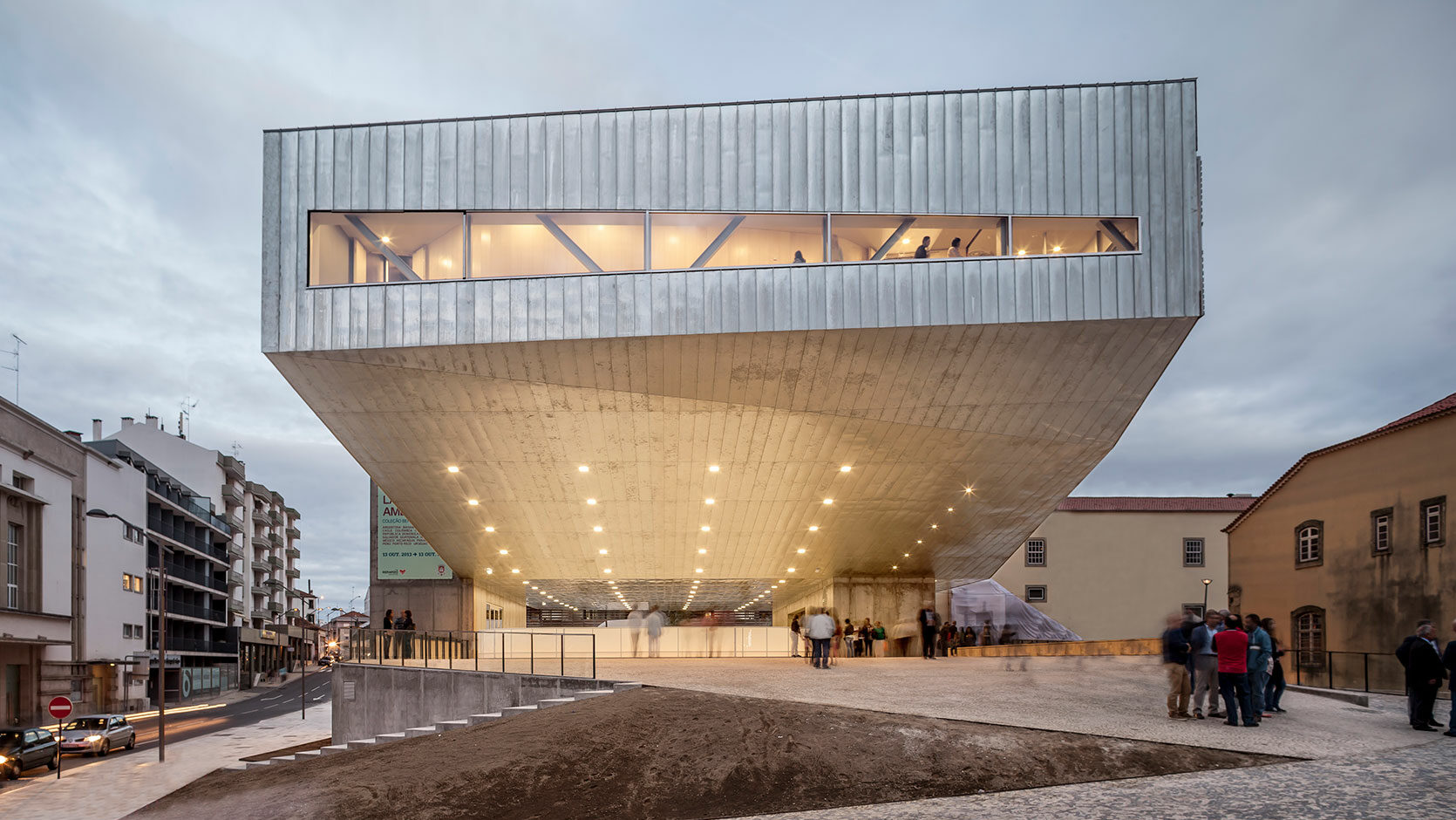This website uses cookies so that we can provide you with the best user experience possible. Cookie information is stored in your browser and performs functions such as recognising you when you return to our website and helping our team to understand which sections of the website you find most interesting and useful.
To speak of the shelter is to recall an archaic, primitive argument of our work. The condition of protection from a hostile exterior that marked the first steps of architecture’s progress. We could then pass on to the cave or the bunker as a manifestation of the will to survive. But continuing in the archaic atmosphere, I prefer to see it from another viewpoint.
“If the sedentary knows the value of things, the nomad […] is acutely conscious of their fragility”.1
As opposed to the rough, dark, solid, hard essence, the transparent, smooth, lightweight, open beginning.
And, as an initial shelter, I see the Schindler House in West Hollywood, Los Angeles, 1921, as an outstanding example.
Reyner Banham wrote that this house was built “as if there had never been houses before”.2
Thick prefabricated concrete walls are moulded in the ground to rise up vertically, exhibiting the joints and profiles, slightly sloping. Strips of wood cover the spaces between them, generating Japanese membranes, as though made of rice paper.
The exterior counts. So, too, does the roof, with its open bedrooms.
The shelter defined by an exterior that is open but close, controlled. Defined by lightness rather than thickness, by light rather than by darkness.
Closer to the nomad’s tent than the protective, thick-walled enclosure of the farmer.
Josep Lluís Mateo
Article originally featured in Momentum Magazine.

Image: RM Schindler, arch. House in West Hollywood, Los Angeles, 1921
1 Titus Burckhardt, The Art of Islam, World of Islam Festival Pub. Co., 1976.
2 Reyner Banham, “The Master Builders: 5”, The Sunday Times Magazine, 8 August 1971.

